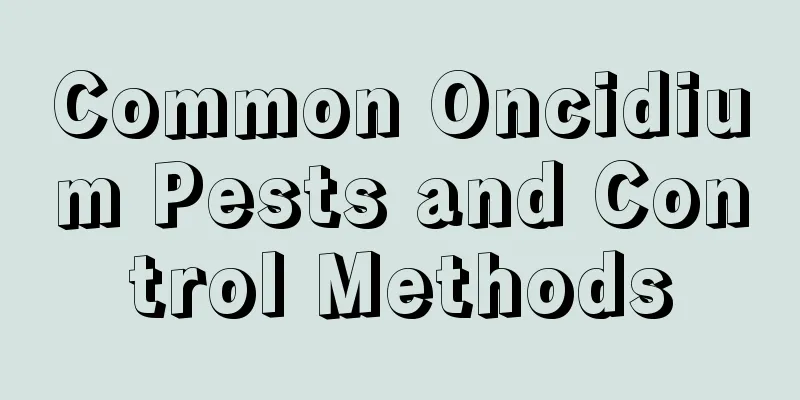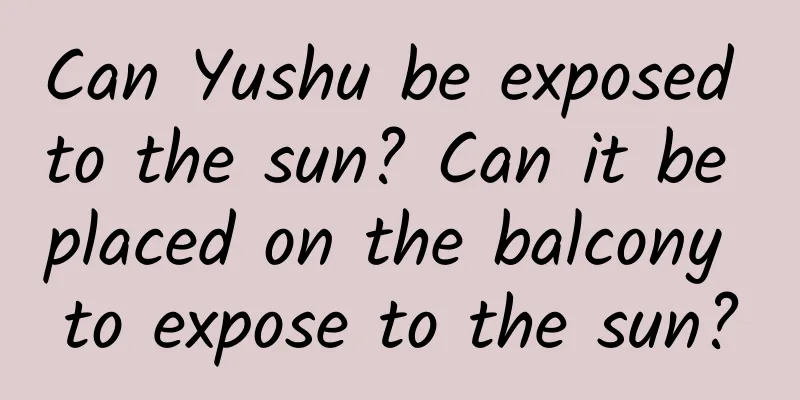Common Oncidium Pests and Control Methods

|
There are many insect pests for Oncidium, but the most serious one is scale insect. There are many types of scale insects, and the degree of damage varies in different environments. Let the editor show you about it! Oncidium pests: Coffee gray scaleThis scale insect is small in size and gray or brown in color. It mainly parasitizes on leaves, mostly on the back of the leaves, and feeds on the sap of the plant. When coffee scale infestation is severe, the entire leaf is densely covered with it, which not only consumes the nutrients of the plant, but also causes sooty mold disease due to its excrement, affecting its ornamental value. Prevention and control methods: Strengthen maintenance, ventilate in time, and rinse with clean water when insects are found. When the disease occurs over a large area, you can spray the pesticide once every 10 days, 1 to 3 times will be enough. The agents that can be selected are omethoate and dichlorvos. Oncidium pests: White shield scaleThis is the most common insect pest of Oncidium. The bug is white with white bumps around it. The insect body is relatively small, 1.5 to 2 mm, and the damage is relatively serious. It mainly occurs in short-plant Oncidium varieties. In severe cases, the leaves will be covered with white, affecting the accumulation of nutrients for photosynthesis. Prevention and control methods: When a small amount of white shield scale is found, scrape it off with bamboo strips in time, or wash it with laundry detergent. If there are a lot of white bugs, spray the pesticide in time. Oncidium pests: Oyster scaleThe oyster scale is about 2 mm long and yellowish-brown in color. It fixes on the front and back of leaves to absorb juice, making the leaves lose their luster and affecting their growth and ornamental value. Oyster scale appears 2 to 3 times a year, and is more serious in the second half of the year. Prevention and control methods: maintain ventilation, control watering, keep leaves dry at night; spray pesticides in time, for details, please refer to coffee gray scale. |
<<: Diseases and Pests of Chlorophytum comosum and Their Control
>>: Common pests of creeping sedge and their control methods
Recommend
Difference between Oxalis and Oxalis
1. Differences in plants: Some of the stems of Ox...
Cultivation methods and precautions of Meirenmei
How to cultivate the beauty plum soil The beauty ...
Effects and functions of Radix Glehniae
1. Diuretic The flower of Radix Glehniae has a go...
Causes and treatments for yellow leaves of hyacinth
1. Improper watering 1. Reason: Excessive waterin...
The efficacy and function of onion
Seasoning detoxification Green onions are quite s...
What to do if the peach tree grows too tall
What does it look like when a peach tree grows to...
What flowers are suitable for growing in Heyuan? What are the city flowers and trees?
1. Climate characteristics of Heyuan Heyuan has a...
How often should I water the black orchid? How often should I water it?
How often should I water the black orchid? Mo Lan...
How long does it take for succulent leaves to germinate in winter?
1. How long does it take to germinate? The speed ...
Hurry up and shave the flowers, they will bloom in a month, otherwise it will be too late!
Petunia 1. Although some flower lovers’ petunias ...
Cultivation methods of Anthurium
1. Lighting Anthurium needs reasonable light expo...
How to grow Japanese ink-splashed dendrobium? Is it sun-resistant?
1. How to raise 1. Planting material: When growin...
How to keep seeds from shallots? How to collect seeds yourself
How to save shallot seeds Shallots are also calle...
Requirements of pepper planting conditions for growth environment and climate
Pepper growing conditions When planting peppers, ...
How big a pot should a 30cm tall mage use? How high a pot should a mage need?
· The succulent plant is a popular succulent vari...









